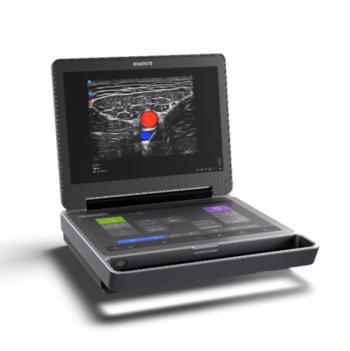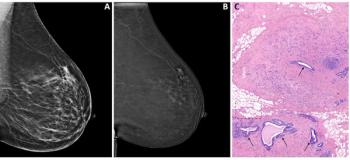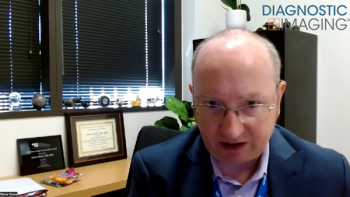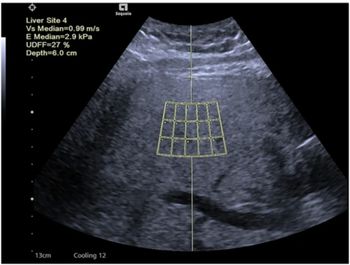
Methods for disaster recovery assume added importance
Data back-ups move off siteBacking up data is a way of life for IT professionals. Computer viruses, hard disk failures, and oafish mistakes by newbie operators were once the prime concerns. The World Trade Center attack added
Data back-ups move off site
Backing up data is a way of life for IT professionals. Computer viruses, hard disk failures, and oafish mistakes by newbie operators were once the prime concerns. The World Trade Center attack added another. While the possibility of such an attack on a healthcare facility may be remote, destruction of the WTC underscores the advantages of backing up electronic data and storing those data at offsite locations in hard media or electronically through the use of application service provider data centers, according to PACS executives.
"Sept. 11 changed a lot of things in this business," said Gary Sobol, director of industry and emerging markets for StorageTek in Louisville, CO. "It showed that hospitals need to be able to make several copies of their data simultaneously so they have one copy onsite, can send another to a nearby site, and send a third to a distant site. Otherwise, the possibility of losing all that data is unimaginable."
Over the last few years, radiologists increasingly have been heeding the advice of professionals such as Sobol. Initially, sites backed up data and stored the tapes and disks in secure locations onsite. Lately, because of space constraints, they have been looking toward offsite storage, where they can either electronically or physically file media containing the data. Efforts in this direction are grouped under the heading of "disaster recovery," and vendors are all too happy to offer their help.
Fujifilm Medical Systems USA has built a capability into its Synapse PACS to copy data onto DVDs, which can be removed from the system and carried offsite, said Peter McClennen, director of marketing network systems. Back-end components built into Synapse allowed Fuji to achieve this capability, McClennen said.
Alternatively, Philips Medical Systems has what it calls a "high-availability PACS." The system incorporates two servers that work concurrently. If one is disabled, the other keeps the system operating with no interruption or loss of data, said Paul Unkel, director of Inturis for radiology integrated clinical solutions.
Additionally, Philips offers ASP offsite disaster recovery, particularly for enterprise PACS that feed into enterprise-based servers. Data are sent to a remote data center and are stored there.
"Backing up data on a daily basis on long-term media and taking those media to a safe place provides security," Unkel said. "But enterprise PACS that want to bring themselves back up very quickly after a disaster may want to move information offsite to an ASP model."
Newsletter
Stay at the forefront of radiology with the Diagnostic Imaging newsletter, delivering the latest news, clinical insights, and imaging advancements for today’s radiologists.






























